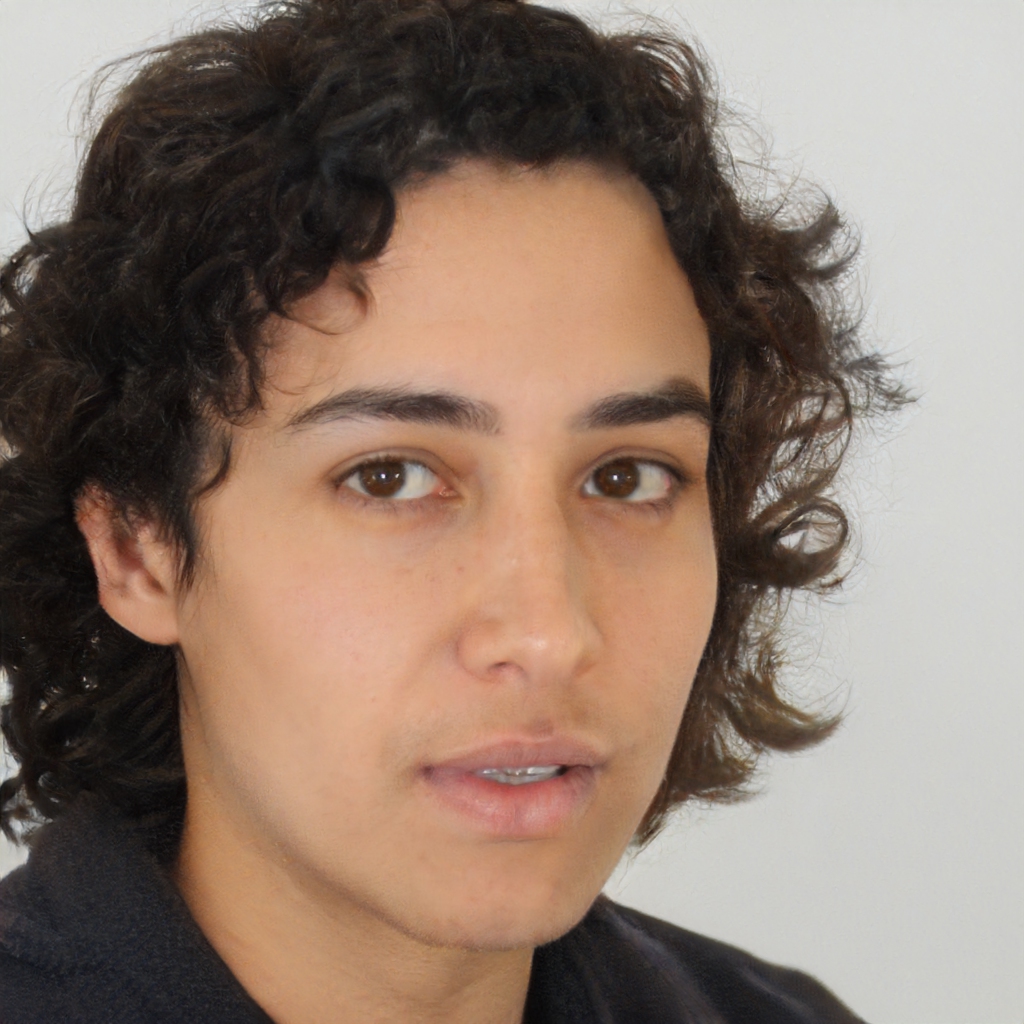A dragonfly doji is a type of candlestick pattern that indicates that the market is bullish. It is so named because the candlestick looks like a dragonfly.
The dragonfly doji is created when the open, high and close are all equal or very close to each other. This indicates that there is little or no difference between the buyers and the sellers in the market and that the market is in a state of equilibrium.
The dragonfly doji is a relatively rare candlestick pattern and is considered to be a very strong bullish signal. What does 3 Dojis in a row mean? A doji is a type of candlestick pattern that indicates indecision or a possible change in direction in the market. A doji candlestick is formed when the open and close prices are equal or very close to each other.
A doji can appear in any time frame, but when it appears in a longer time frame, it is considered more significant. Three dojis in a row is considered a very strong signal that the market is about to change direction. Why Dojis are rarely perfect? Dojis are not meant to be perfect, but rather they are meant to be an indication that the market is indecisive. A doji candlestick is formed when the open and close prices are equal, or very close to equal. This indicates that there was little price movement during the time period. Dojis can occur at the top or bottom of a trend, or in the middle of a trend. They can also occur in any time frame, from one minute to one month.
Dojis are important because they can be an indication of a potential reversal. When a doji forms at the top of a trend, it is called a bullish doji. This means that the market is no longer moving up with the same momentum as it was before, and there is a possibility that the trend will reverse and start moving down. Similarly, when a doji forms at the bottom of a trend, it is called a bearish doji. This means that the market is no longer moving down with the same momentum as it was before, and there is a possibility that the trend will reverse and start moving up.
Dojis are not perfect, and they are not always an indication of a trend reversal. However, they are an important tool for technical analysis, and can be helpful in making trading decisions.
Which candlestick pattern is most reliable?
There is no definitive answer to this question as there is no single candlestick pattern that is guaranteed to produce reliable results 100% of the time. However, some patterns are more reliable than others, and some traders may find that certain patterns work better for them than others. Some of the most popular and reliable candlestick patterns include the hammer, the inverted hammer, the shooting star, and the doji.
What is the difference between dragonfly doji and hammer?
The hammer is a bullish reversal pattern that forms after a decline. It is characterized by a small body with a long lower shadow. The long lower shadow indicates that the bulls were able to push the price back up after it fell sharply.
The dragonfly doji is a bullish reversal pattern that forms after a decline. It is characterized by a small body with a long upper shadow. The long upper shadow indicates that the bears were able to push the price back down after it rose sharply.
What is a doji in technical analysis?
A doji is a Japanese candlestick pattern that signals indecision in the market. It is created when the opening and closing prices are equal, or very close to each other. A doji can be either bullish or bearish, depending on the market context. If it appears in an uptrend, it signals that the bulls are losing momentum and the bears are starting to gain traction. If it appears in a downtrend, it signals that the bears are losing momentum and the bulls are starting to gain traction.
